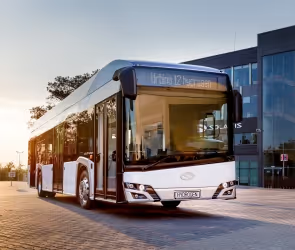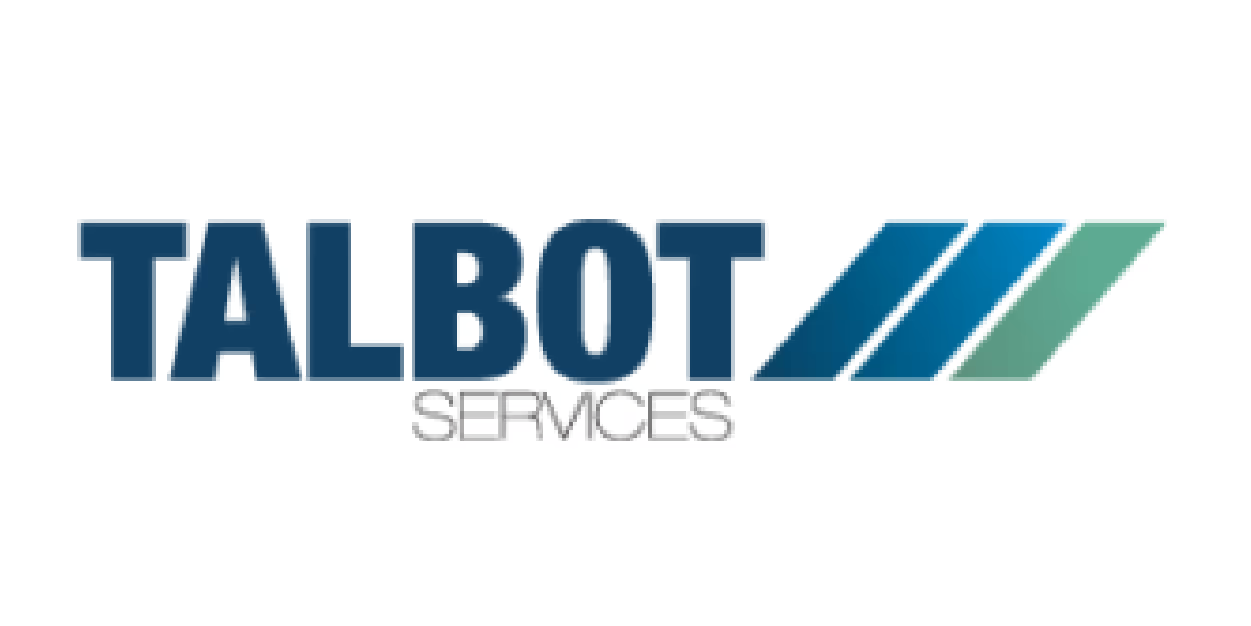PROJECT: H2BUS
SUSTAINABLE RETROFIT OF BUS WITH BATTERY AND FUEL CELL


in short
RESEARCH OBJEcTIVES
Objective 1
Development of a cost-effective modular fuel cell system to increase the range of retrofitted electric buses through self-sufficient supply of auxiliary consumers
Objective 2
Identification of cost potentials at the system and integration level and development of a solution to reduce production costs
Objective 3
Validation of the development results through functional tests in a real environment and individual approval of the bus with the traction battery and the fuel cell system for operation
Description
The Project in detail
The Challenge
Public transport is a central component of future mobility concepts, both in urban and rural areas alike. Buses, with their high mileage and predominantly diesel-powered drives, contribute significantly to air and noise pollution, as well as high fuel costs during operation. The conversion of the diesel-powered bus fleet to electric bus technologies is crucial for sustainable urban mobility.
Despite progress in battery technology, batteries currently and in the foreseeable future remain a limiting factor for range due to their energy density. Increasing battery capacity results in higher costs and weight, and batteries lose usable capacity due to various degradation mechanisms.
This project addresses the high energy demand of main and auxiliary consumers in electric buses, which leads to continuous degradation of battery capacity and reduced operating time. Fuel cell technologies can extend the service life of electric buses, which can be hybridized with a fuel cell system at low cost.
PEM Motion’s Approach and What Has Been Achieved So Far?
As part of the project, an 18-metre articulated bus will be put into operation and tested in real-life conditions for one year. Based on requirements analysis, the technical system and component design will be carried out, and a fuel cell system and battery system will be developed. The electrical/electronic architecture and control strategy will also be designed. After homologation, testing, and validation, the bus will go into real operation.
PEM Motion is responsible for designing the battery system as a replacement for the defective battery and homologation of the bus.
So far, requirements have been recorded, and the first concepts have been developed and evaluated with project partners. This information was used to identify, evaluate, and select possible suppliers for the new battery system and temperature management system. The design of the fuel cell system has been initiated, and the specification started.
In Collaboration WiTH




